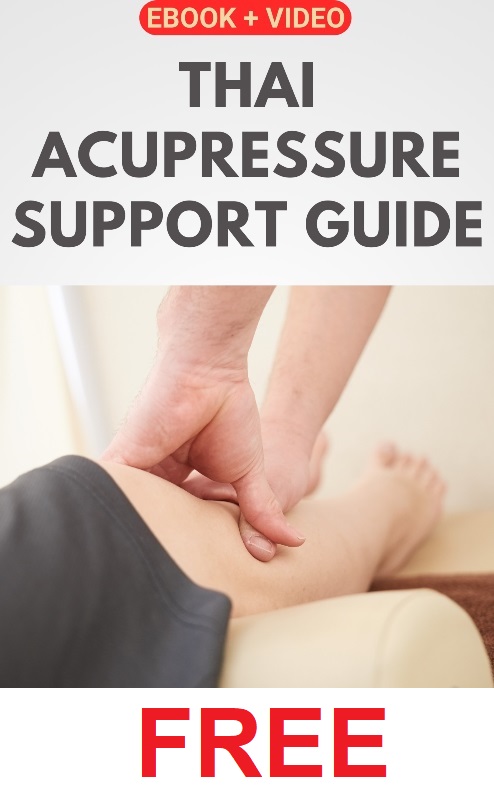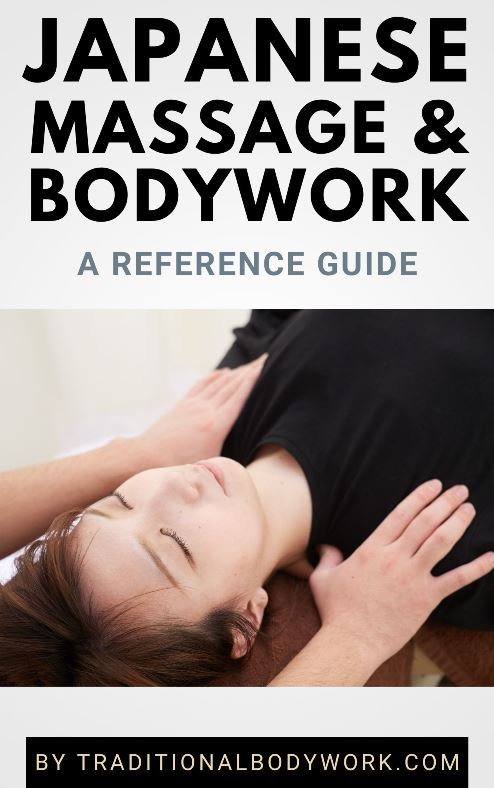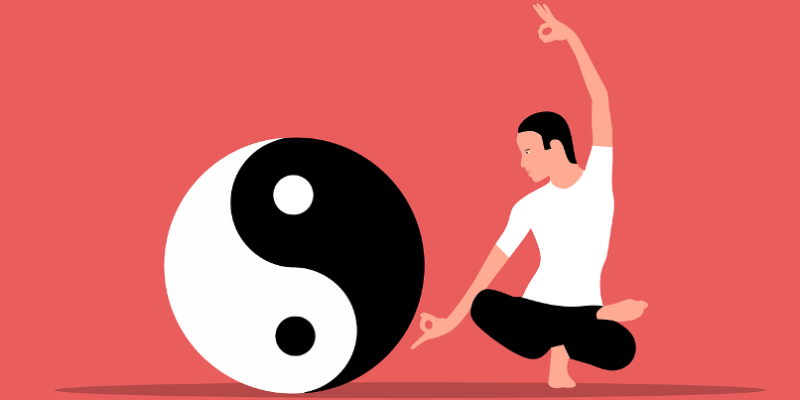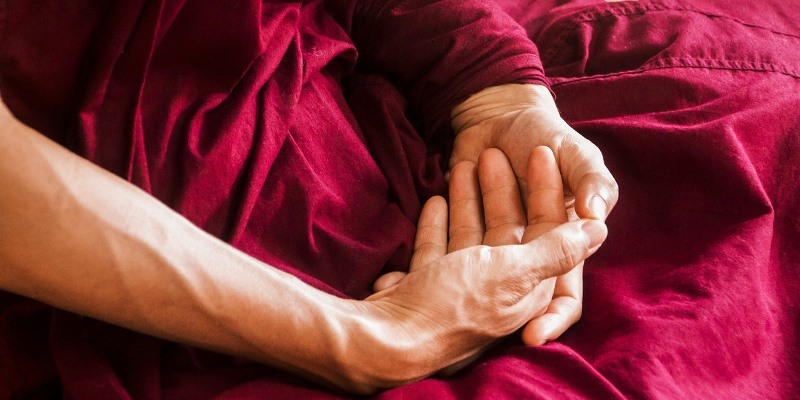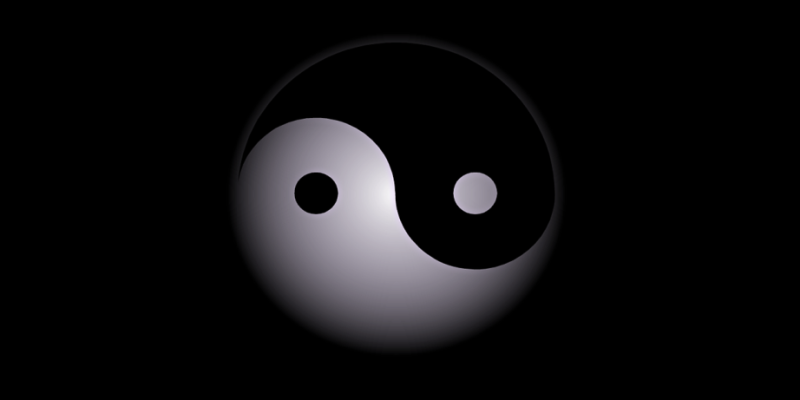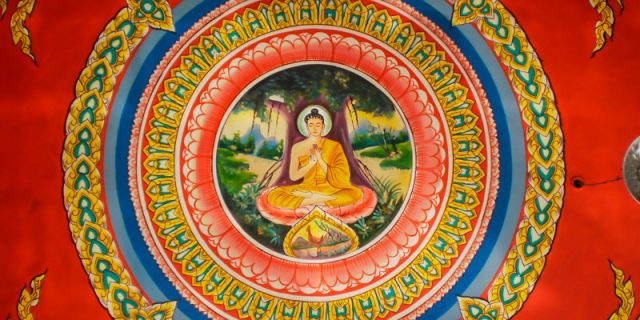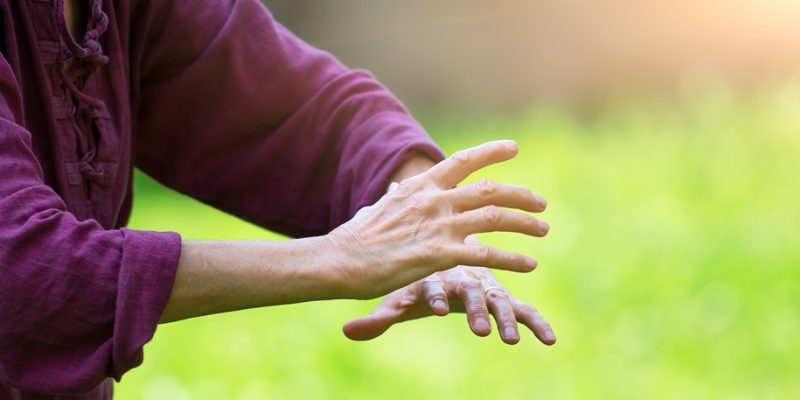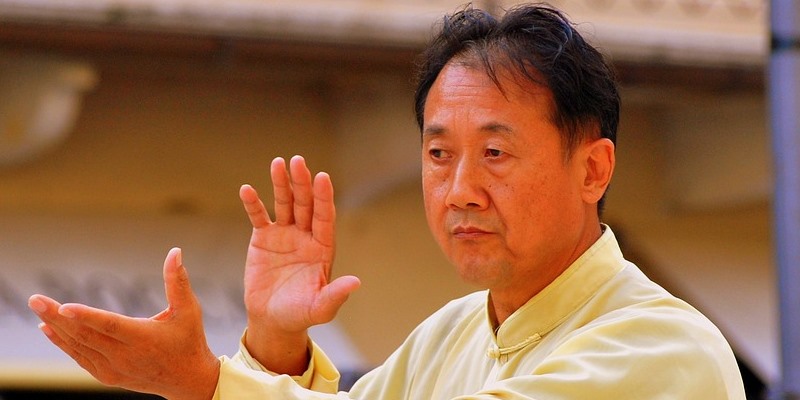
In China, like in many other Asian countries and cultures, meditation practices have historically taken a prominent position within society. Meditation is seen as spiritual medicine, healing the mind (thoughts and emotions) and with that also having health benefits for the body.
Taoist Meditation techniques (or Daoist Meditation) are the traditional meditative practices related with the Chinese philosophy and religion of Taoism, which include concentration, mindfulness and insight, contemplation, movement exercises, bodywork, and visualization exercises. You can find ancient texts describing the application of these techniques which date as early as the 5th century BC.

The techniques used are influenced by Buddhist Meditation practices, notably insight and mindfulness meditation — related to Vipassana Meditaion and the Buddhist Anapanasati Meditation (Mindfulness of Breath), the latter said to be originally taught by the Buddha.
Traditional Chinese Medicine (TCM) and the Chinese martial arts incorporate and use a variety of Taoist meditative techniques, like Tao Yin exercises, Neidan Internal Alchemy techniques, Neigong Internal Skill practices, Tai Chi, Qigong breathing exercises, and Zhan Zhuang techniques.
The goals of Taoist Meditation are the generation, transformation and circulation of Jing (Essence) and Qi (Vital Force) energies to calm and unify body and mind, find inner peace and harmony, and finally spiritual Enlightenment. Some adaptations of Taoist Meditation focus more specifically on improving health and attaining longevity.


